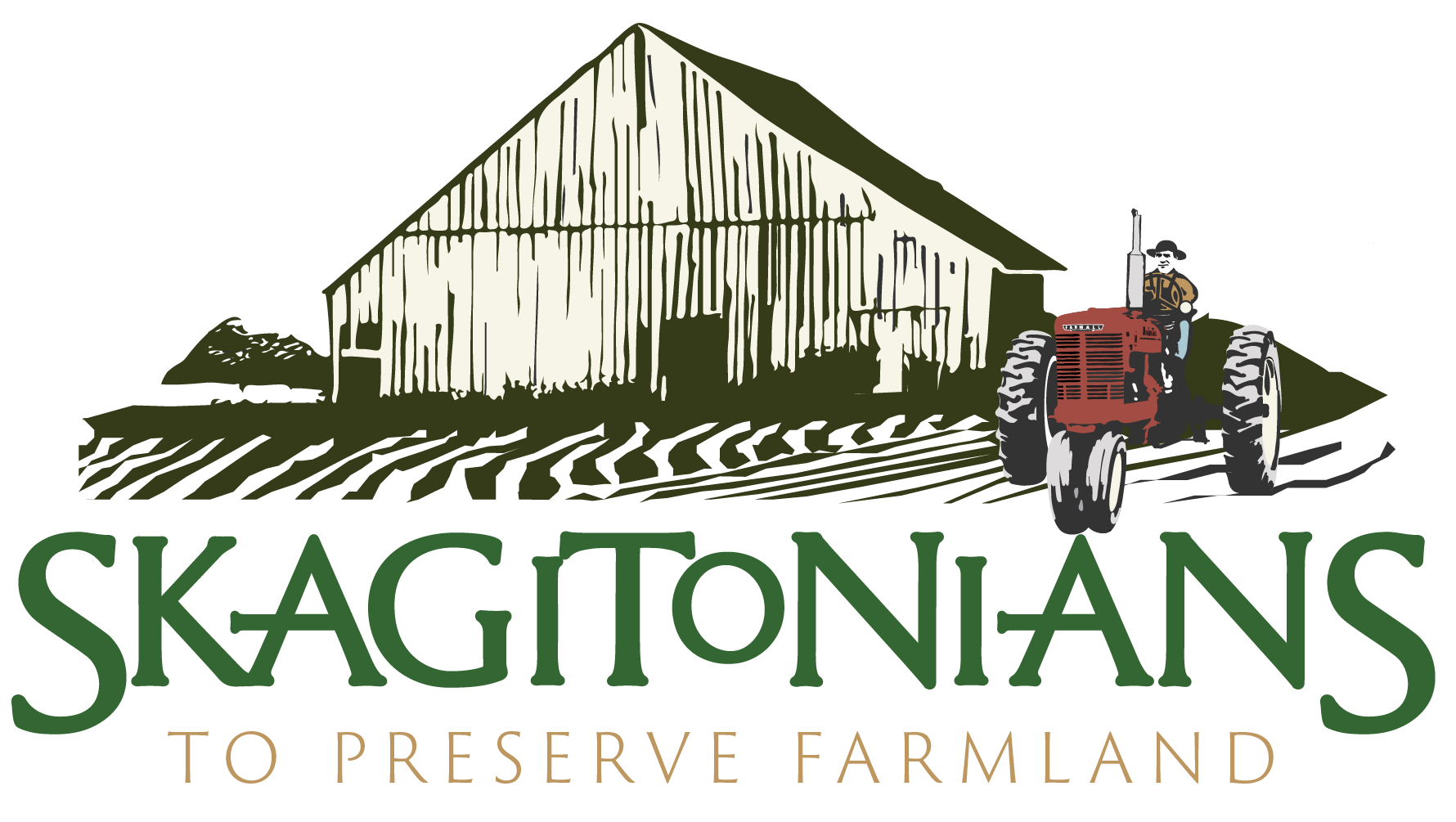The Dirt Issue I - Introducing the DIRT

You’ve probably heard the phrase, “Magic Skagit.”It can mean various things, but without question, one of the biggest magic-making factors around here is the soils of the Skagit Valley.Back in 1940, a seven-year long survey of the then 48-state union was published with soil quality as the key focus. Of all 48 states, the Skagit Valley was hailed as the “top” soil in the land.What makes one soil better than another?It turns out soil really is something magic. First of all, we can’t manufacture it. We can break it down to its component parts, but we cannot artificially manipulate how those components work together. And it takes literally thousands of years to create the soil we now have, making it the very definition of a non-renewable resource.Soil is made up of geological inputs, essentially minerals derived from rocks, ground into various sizes—this is what determines the texture of the soil—and it comprises about 45% of that magical stuff. In the Skagit Valley many of our mineral inputs are the result of geological forces exerted in the distant past; events such of the scouring of the earth by ice-age glaciers and the ash deposited from volcanic activity.But that’s just the beginning!Another five percent of soil is made up of organic matter, the remains of previously living plants and animals and currently living organisms such as bacteria, fungi and the like, not to mention earthworms and algae. This dynamic living ecosystem packs a nutritional punch making soils viable for agriculture.All told that yields 50% of our “top” soil. The other 50% might surprise you. It’s evenly split between air and water. You see, plants don’t actually grow in soil.Roots grow in the pockets of air in the soil. Having the right amount of air—and water—is a function of soil texture and structure. And that’s where Skagit soils (yes, there are many in fact) really shine. It’s all a question of balance. The soils in one section, and the crops that can be successfully grown there, are often quite different than those in a section just down the road.The result of that diversity is more than 80 crops produced in our valley each year, a number that continues to grow. If that’s not MAGIC, then what is?
